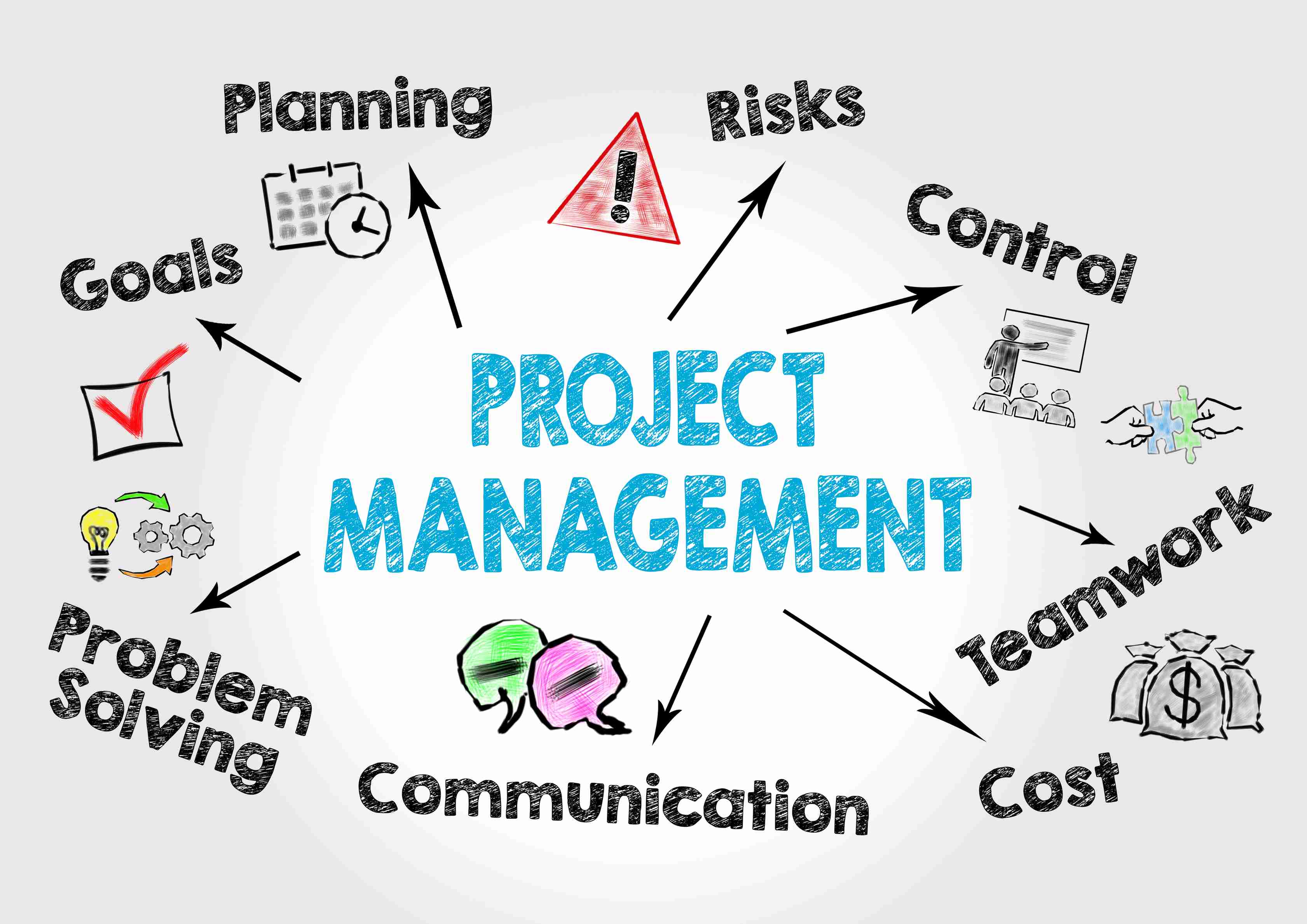Why do projects fail and what can be done
Projects can fail for various reasons, such as:
➡ A project that is not well-planned faces difficulties from the start. If the project team does not invest enough time and resources into planning the project, important aspects may be overlooked, leading to problems later on.
➡ If the goals and expectations of a project are not clearly defined, the project team may struggle to properly plan and execute the work. It can also lead to confusion and frustration when determining whether the project was successful or not.
➡ Clear and effective communication is essential for the success of a project. If team members do not communicate regularly with each other or if communication is unclear, it can lead to delays, misunderstandings, and mistakes.
➡ If a project team does not have the necessary resources such as money, personnel, or technology, it can lead to delays and quality issues.
➡ Effective leadership is crucial for the success of a project. If a project manager is unable to motivate, inspire, and lead the team, it can lead to problems and conflicts.
➡ A project team must be able to respond to changes and adapt to be successful. If the team is not flexible enough to respond to changes, it can lead to delays and quality issues.
➡ Sometimes unexpected events such as economic crises, disasters, or political instability can affect the course of a project.
Conclusion: Effective project management that considers planning, communication, leadership, and resource management can help minimize the risk of project failure.
To bring a project back to track you should perform the following tasks:
➡ The first step is to determine the current status of the project. This involves assessing the progress of development and the scope implemented, as well as identifying the causes of the project crisis. The troubleshooter needs to understand how the project entered the crisis situation.
➡ After the analysis phase, decisions can be made. For example, the project may be halted if the project goals are beyond financial or time constraints. Project goals may be adjusted, or other decisions may be made to address the aforementioned causes.
➡ Following the decision-making process, measures for reorientation, project cessation, or the development of alternative development paths are implemented.
➡ During the implementation of these measures, continuous monitoring of the project occurs to ensure that the measures taken bring about the desired success.
➡ A project that is not well-planned faces difficulties from the start. If the project team does not invest enough time and resources into planning the project, important aspects may be overlooked, leading to problems later on.
➡ If the goals and expectations of a project are not clearly defined, the project team may struggle to properly plan and execute the work. It can also lead to confusion and frustration when determining whether the project was successful or not.
➡ Clear and effective communication is essential for the success of a project. If team members do not communicate regularly with each other or if communication is unclear, it can lead to delays, misunderstandings, and mistakes.
➡ If a project team does not have the necessary resources such as money, personnel, or technology, it can lead to delays and quality issues.
➡ Effective leadership is crucial for the success of a project. If a project manager is unable to motivate, inspire, and lead the team, it can lead to problems and conflicts.
➡ A project team must be able to respond to changes and adapt to be successful. If the team is not flexible enough to respond to changes, it can lead to delays and quality issues.
➡ Sometimes unexpected events such as economic crises, disasters, or political instability can affect the course of a project.
Conclusion: Effective project management that considers planning, communication, leadership, and resource management can help minimize the risk of project failure.
To bring a project back to track you should perform the following tasks:
➡ The first step is to determine the current status of the project. This involves assessing the progress of development and the scope implemented, as well as identifying the causes of the project crisis. The troubleshooter needs to understand how the project entered the crisis situation.
➡ After the analysis phase, decisions can be made. For example, the project may be halted if the project goals are beyond financial or time constraints. Project goals may be adjusted, or other decisions may be made to address the aforementioned causes.
➡ Following the decision-making process, measures for reorientation, project cessation, or the development of alternative development paths are implemented.
➡ During the implementation of these measures, continuous monitoring of the project occurs to ensure that the measures taken bring about the desired success.

